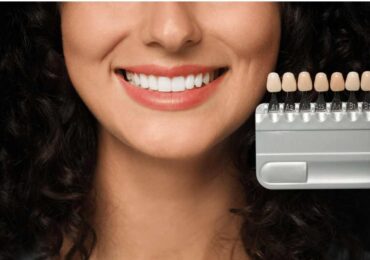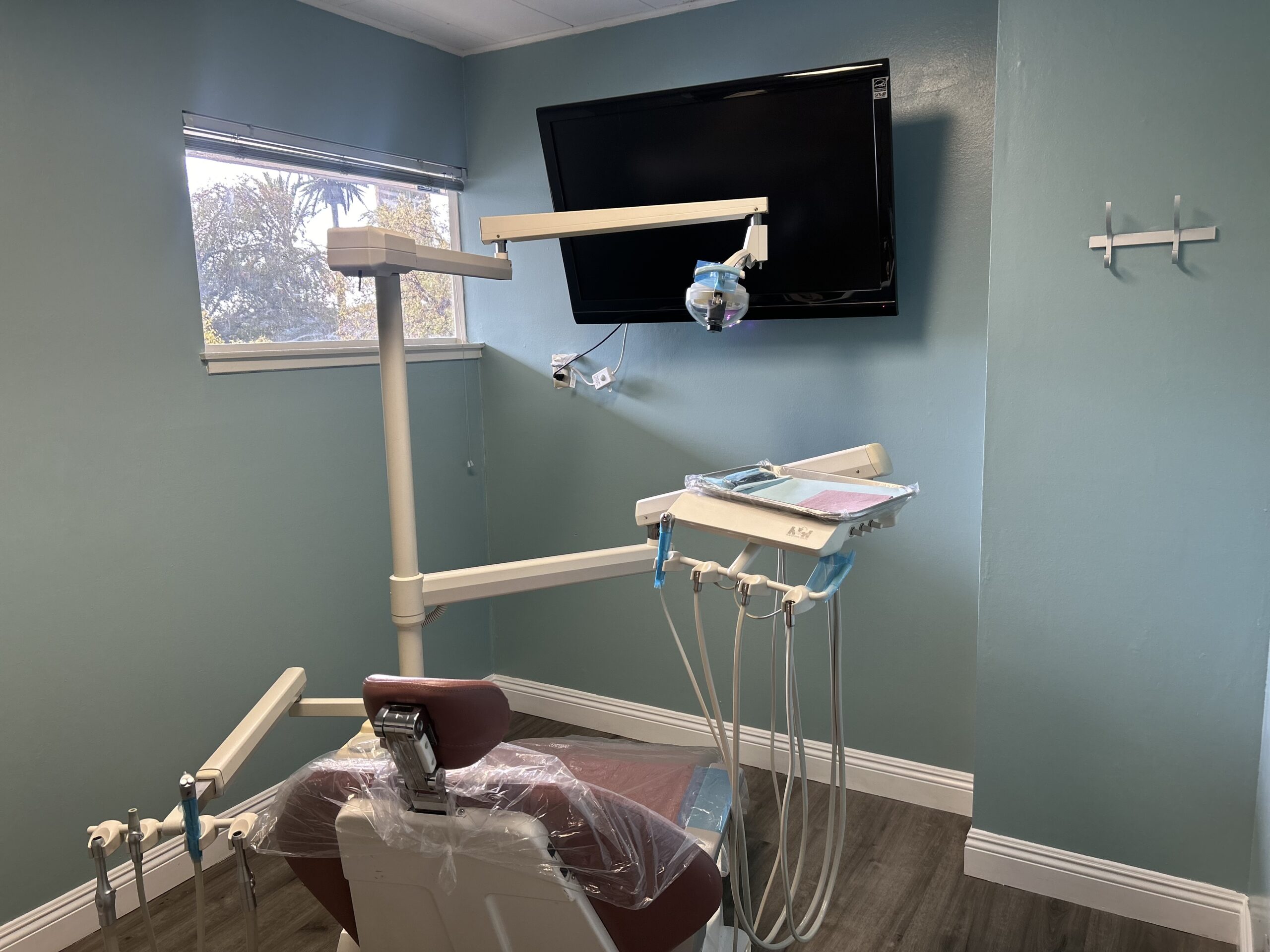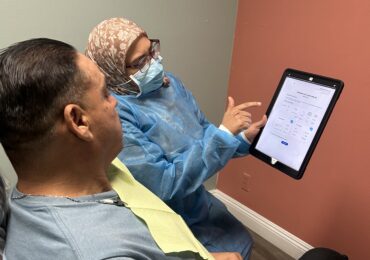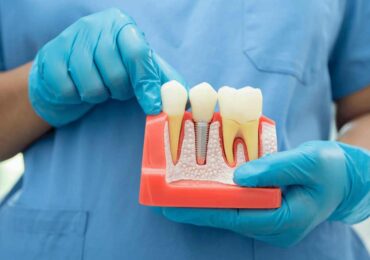Did you know that nearly one in five Americans has transformed their smile with cosmetic dentistry?” Cosmetic dentistry can boost confidence, improve oral health, and create a more youthful appearance. It’s no wonder so many people are interested.
Among the various cosmetic dentistry options, dental veneers are highly sought after. However, cost of veneers can be a barrier for some.
But what if there were ways to achieve a dazzling smile without breaking the bank? Let’s explore the top veneer alternatives recommended by dentists.
Factors to Consider When Choosing Alternatives
The decision-making process for choosing alternatives to veneers typically involves both the patient and the dentist. During the said process, factors such as cost, invasiveness, natural appearance, and longevity are considered. For most patients, the common concerns are the treatment’s cost and invasiveness.
Veneers may be somewhat costly, particularly if several teeth need to be repaired. The material utilized and the complexity of the case are two examples of variables that affect costs.
To make room for the veneers during the process, a little layer of enamel must often be removed from the teeth. And mind you, this enamel never grows back. As a result, the modifications done to the natural teeth the veneers cannot be reversed.
That’s where choosing learning the best alternatives to veneers make sense. They provide you with that long-lasting natural shine without making you need to have extensive dental work done. They may also come at a cheaper price.
Let us now look at some veneer alternatives that you might want to consider.
Dental Bonding
Dental bonding is a cosmetic procedure where the dentist applies a composite resin substance to mimic the natural color of the teeth. Teeth bonding is frequently the best option if you only need to address one tooth or a modest problem, such as a chip. It’s a straightforward and practical fix made especially for small issues.
When the tooth-colored bonding resin is applied precisely, bonded teeth can look just like genuine teeth. Bonded teeth can have a consistent, smooth appearance that closely resembles natural teeth with the correct method and attention to detail.
Bonding usually involves less or no removal of tooth enamel, making it a less intrusive process.
Generally, the cost per tooth will be between $100 and $500. However, the extent of treatment may affect how much dental bonding costs.
Though dental bonding may be more cost-effective, over time, the bonding substance may become discolored or stained, particularly if the patient regularly smokes or consumes foods and beverages that can stain, such as red wine, coffee, or tea. Patients also report that they are more sensitive to heat or cold a few days following the treatment.
Dental bonding typically lasts for 5 to 10 years before requiring replacement. It may last longer with appropriate maintenance, which includes avoiding bad behaviors like biting on hard objects and scheduling routine dental check-ups.
Minimal-Prep Veneers
Minimal-Prep veneers provide a practical and less intrusive way to improve the look of your teeth. Compared to traditional veneers, they require less dental preparation and can successfully address a wide range of cosmetic issues.
It requires either little or no enamel removal, thus, retaining more of the original tooth structure.
Minimal-prep veneers can be removed if desired without seriously harming the teeth, in contrast to standard veneers, which can permanently change the structure of the tooth.
Compared to regular veneers, minimal-prep veneer procedures are usually faster and may include fewer dental visits since they require less tooth preparation.
The installation process comprises the following steps:
Step 1: Your dentist will examine your teeth and may take impressions or digital scans.
Step 2: You will be then asked to choose the desired shade for your new smile, and your dentist will send the impressions to a dental lab where your custom veneers will be created.
Step 3: Wait while a dental laboratory creates your no-prep veneers, a process that typically takes a few weeks.
Step 4: After a few weeks, you will return to your dentist for a fitting session where the veneers are temporarily placed to check for fit and aesthetics, with any necessary adjustments made.
Step 5: Once the veneers fit perfectly, your dentist will bond them to your teeth using a special adhesive and cure it with light. Final checks are made to ensure your bite is comfortable, completing the process.
While minimal-prep veneers have benefits, including less enamel removal and maintaining natural teeth, they also have disadvantages. Among these is the inability to resolve severe cosmetic issues. Minimal-prep veneers might not be able to produce as striking of an aesthetic change as regular veneers because they require less enamel removal.
Dental Crowns
When teeth are heavily damaged or weakened, dental crowns become a more suitable alternative.
Remember, veneers primarily focus on aesthetics. They can’t restore strength or functionality to a severely compromised tooth. Crowns, on the other hand, act like protective caps, encasing the entire tooth and providing much-needed structural support.
While veneers require some enamel removal to ensure a good bond, crowns necessitate removing a big portion of the tooth structure.
Although crowns are considered restorative, they can still help you achieve a more natural look than veneers. Veneers only cover the front surface of the tooth, sometimes creating a mismatch between the veneer material and the natural tooth structure. Crowns, however, completely cover the tooth, providing a more uniform appearance.
In essence, a dental crown becomes the more appropriate alternative when a tooth needs significant structural reinforcement.
Tailoring Veneer Alternatives to Individual Needs
Are you considering a smile makeover but fear you might break the bank? Here’s how to get the most out of your chosen alternative and achieve a dazzling smile.
Preparing for Your Consultation
- Know Your Goals: Before your appointment, reflect on the specific aspects of your smile you’d like to enhance. Consider things like chipped teeth, discoloration, gaps, or overall shape. Having a clear idea of your desired outcome will help your dentist tailor better recommendations.
- Research Options: Familiarize yourself with options recommended. Understanding their pros and cons will empower you to ask informed questions during your consultation.
Maximizing Your Consultation
During your consultation, establish a two-way dialogue with your dentist by doing the following:
- Have an open communication: Don’t hesitate to express any concerns regarding potential discomfort, treatment duration, or long-term maintenance.
- Be transparent: Inquire about the total cost of the procedure, including any additional charges for consultations, follow-up visits, or dental materials.
- Always seek innovation: Ask if your dentist offers digital smile simulations or mock-ups to visualize how the proposed treatment might transform your smile. This can significantly aid in your decision-making process.
Informed Decisions Results to a Healthy and Radiant Smile
By following these tips and having an open conversation with your dentist, you’ll be well-equipped to make informed decisions about your cosmetic dentistry journey. Remember, skilled cosmetic dentists will always know what’s best for your oral health.
Every smile is unique, however; the best treatment for one may not be the greatest option for another. That’s why at Upland Dental Practice, we ensure patients receive the best possible care for their specific condition. Schedule your consultation today and see how our dentists can transform your smile.
Need To Talk To Our Dentist?
Recent Articles
- 1
- 2
- 3
- 4
- 5
- 6
- 7
- 8
- 9











